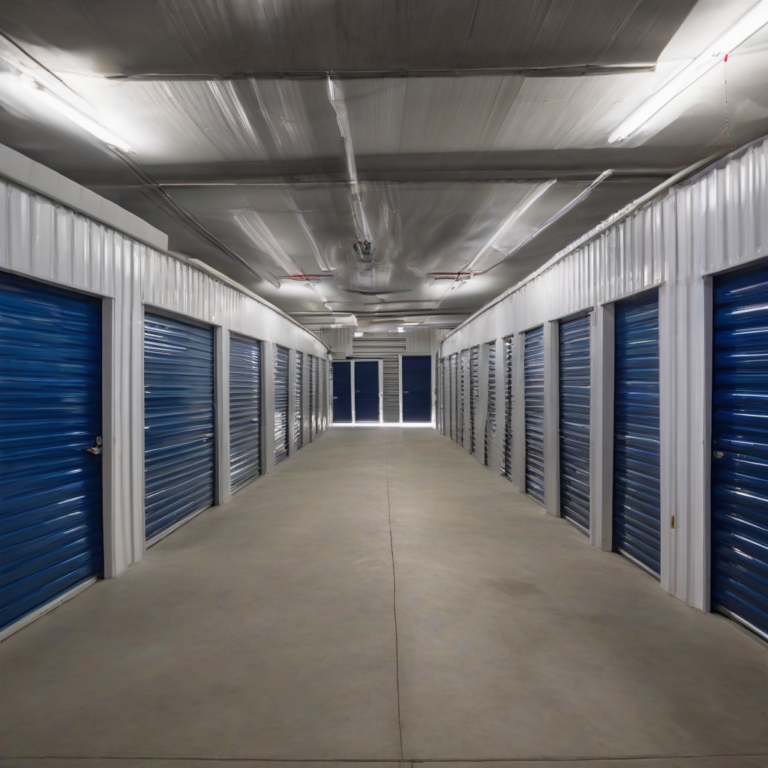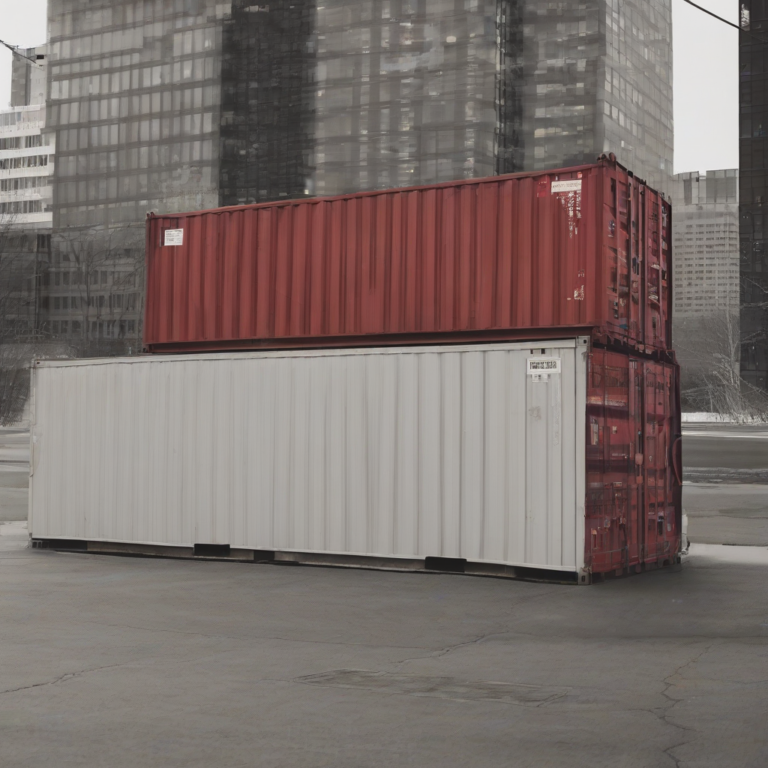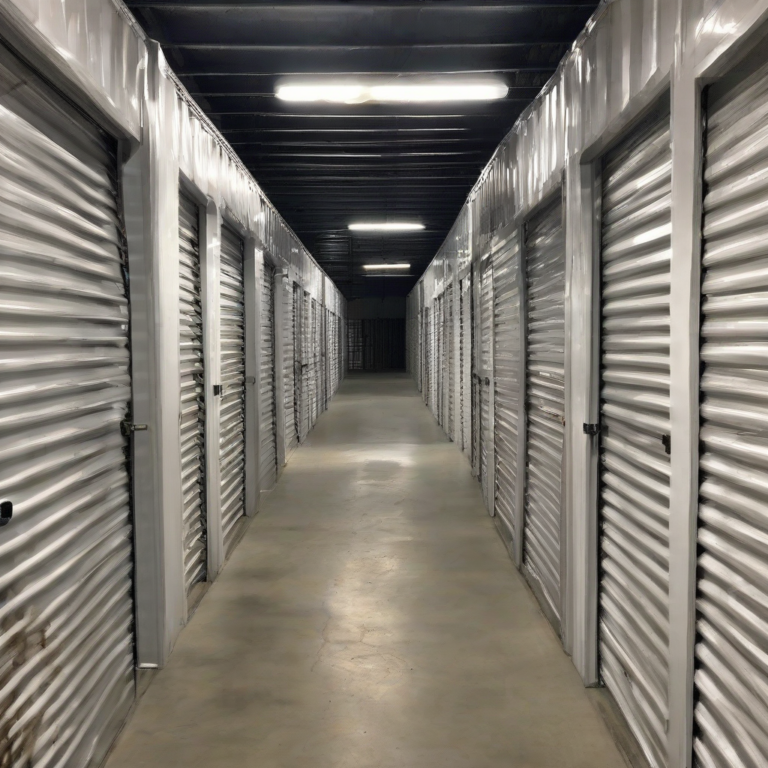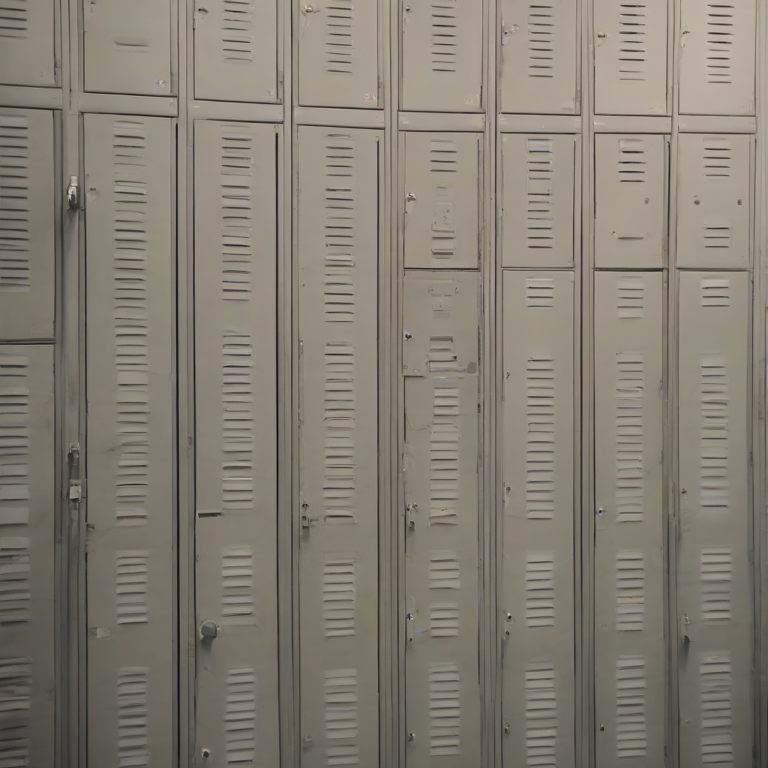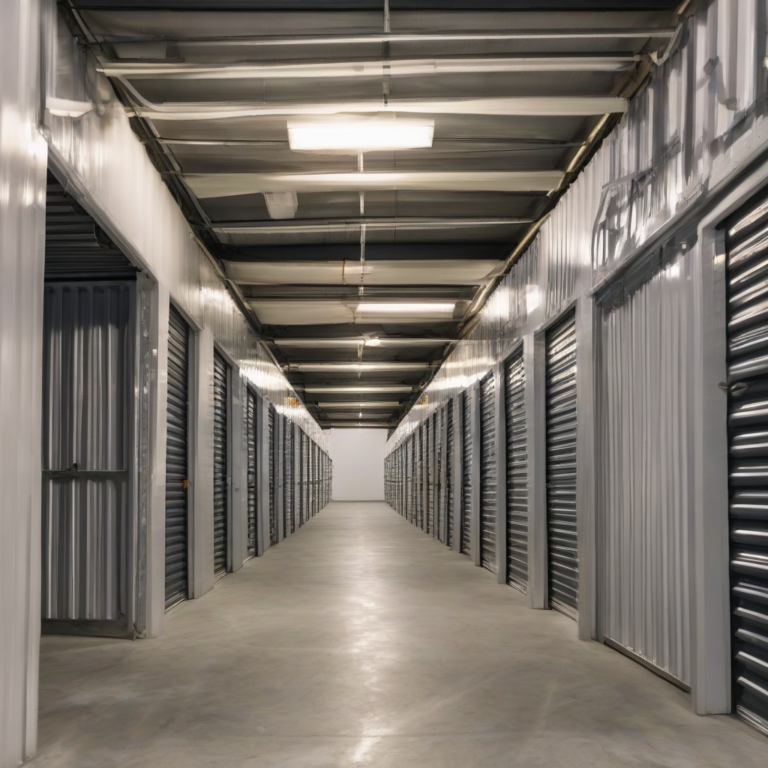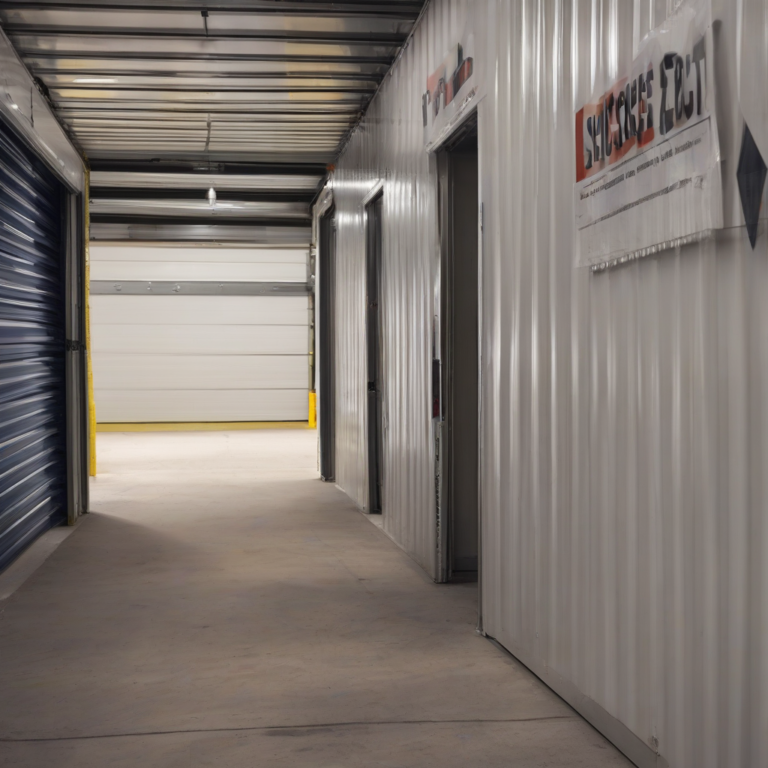Tampa Storage Space: Your Ultimate Guide to Finding the Perfect Solution
Tampa Storage Space: Your Ultimate Guide to Finding the Perfect Solution
Finding the right storage space in Tampa can feel overwhelming. With numerous options available, ranging from climate-controlled units to outdoor storage, understanding your needs and comparing providers is crucial. This comprehensive guide will navigate you through the process, helping you make an informed decision that best suits your specific requirements.
Understanding Your Storage Needs
- What are you storing? The type of items you plan to store will significantly influence the type of storage unit you need. Sensitive electronics or valuable furniture will require climate-controlled storage, while less delicate items might be fine in a standard unit. Consider factors like size, weight, and fragility.
- How long will you need storage? Short-term storage (a few months) often comes with higher monthly rates than long-term contracts. Evaluate your timeline and choose a plan that aligns with your needs.
- What’s your budget? Storage costs vary greatly depending on location, unit size, amenities, and the length of your contract. Establish a clear budget before you start your search to avoid exceeding your financial limits.
- Accessibility and location: Consider how easily accessible the storage facility needs to be. Will you need frequent access to your belongings? Choose a facility that’s conveniently located and offers convenient hours of operation. Consider proximity to your home or workplace for easier access.
- Security features: Security is a top priority. Look for facilities with features like gated access, security cameras, and on-site management to protect your belongings. Consider insurance options offered by the storage facility as well.
Types of Storage Units in Tampa
- Climate-Controlled Units: These units maintain a consistent temperature and humidity level, ideal for protecting sensitive items from extreme weather conditions, preventing mold and mildew growth, and preserving the quality of your belongings. They are particularly suitable for furniture, electronics, documents, and artwork.
- Standard Units: These units offer basic storage space without climate control. They are suitable for items less sensitive to temperature and humidity fluctuations. They are typically more affordable than climate-controlled units.
- Outdoor Storage: This option is best for storing less sensitive items like lawn equipment, boats, or RVs. It usually offers the most cost-effective solution but lacks the protection of indoor units.
- Drive-Up Units: These units are convenient for loading and unloading heavier items directly from your vehicle. This eliminates the need to carry items long distances.
- Self-Storage Units with Different Sizes: Storage facilities typically offer a range of unit sizes to accommodate various storage needs. Measure your belongings to ensure you select a unit of the appropriate size. Avoid selecting a unit that’s too large to avoid unnecessary expenses.
Finding Storage Facilities in Tampa
Several avenues exist to locate storage facilities in Tampa:
- Online Search Engines: Use search engines like Google, Bing, or DuckDuckGo to search for “storage units near me” or “storage facilities Tampa”. Read reviews and compare prices from various providers.
- Online Storage Marketplaces: Websites such as SpareFoot, StorageCafe, and Neighbor specialize in connecting customers with storage facilities. These platforms offer tools to compare prices, locations, and amenities.
- Local Directories: Check local business directories and yellow pages for storage facilities in your area.
- Word-of-Mouth: Ask friends, family, or neighbors for recommendations on reliable storage facilities they have used in the past.
- Drive Around Your Neighborhood: Driving around your neighborhood or the areas you frequently visit can reveal storage facilities you might not have found online.
Factors to Consider When Choosing a Storage Facility
- Reputation and Reviews: Check online reviews on sites like Google, Yelp, and other platforms to assess the reputation of the storage facility. Look for patterns in positive and negative reviews.
- Security Measures: Inquire about security measures such as fences, gates, security cameras, and on-site management. The presence of these features can significantly reduce the risk of theft or damage.
- Insurance Options: Many storage facilities offer insurance options to protect your belongings against loss or damage. Explore the available insurance plans and their coverage to determine whether it aligns with your needs and budget.
- Accessibility and Hours of Operation: Consider the facility’s accessibility, including its location and hours of operation. Choose a facility that offers convenient access based on your needs and schedule.
- Contract Terms and Conditions: Carefully read the contract before signing. Pay close attention to the terms and conditions, including the length of the contract, payment options, and early termination fees.
- Cleanliness and Maintenance: A clean and well-maintained facility suggests a commitment to customer satisfaction and the safety of stored belongings. A facility that looks neglected might indicate issues with maintenance and security.
- Customer Service: Assess the level of customer service provided by the facility. A responsive and helpful staff can enhance your overall experience.
- Pricing and Payment Options: Compare prices from different storage facilities and choose the option that best fits your budget. Explore available payment options to ensure a convenient payment process.
- Proximity to Transportation: Consider the proximity of the storage facility to major roads and transportation networks, particularly if you’ll be moving heavy items.
- Additional Amenities: Some facilities offer additional amenities, such as packing supplies, moving trucks, or dollies. Inquire about these amenities and consider whether they add value to your overall experience.
Moving Your Belongings
- Packing Supplies: Invest in high-quality packing supplies, including boxes, tape, bubble wrap, and packing peanuts to protect your belongings during transit and storage.
- Proper Packing Techniques: Learn and utilize proper packing techniques to prevent damage to your items. Pack heavier items at the bottom and lighter items on top. Wrap fragile items individually.
- Inventory List: Create a detailed inventory list of your belongings before moving them into storage. This list will be helpful if you need to make an insurance claim or if you need to locate specific items.
- Transportation: Determine how you will transport your belongings to the storage facility. Consider renting a moving truck or hiring professional movers depending on the quantity and weight of your belongings.
- Accessibility Planning: Plan the route and parking arrangements for easy loading and unloading of your belongings at the storage facility.
Legal and Insurance Considerations
- Read the Contract Carefully: Before signing any contract, thoroughly read all terms and conditions. Understand the responsibilities of both the storage facility and the renter.
- Insurance Coverage: Consider purchasing insurance coverage for your stored belongings to protect against loss, theft, or damage. Understand the extent of coverage offered by the facility and your own insurance policies.
- Liability: Familiarize yourself with the facility’s liability policy in case of damage or loss of property.
- Access and Security: Understand your rights regarding access to your storage unit and the security measures implemented by the storage facility.
Tips for Efficient Storage
- Declutter Before Storing: Before storing your items, take the opportunity to declutter and remove any items you no longer need or use.
- Organize Your Belongings: Organize your items effectively to maximize space utilization and make it easier to locate specific items later.
- Label Your Boxes: Clearly label all boxes with their contents to ensure easy identification and retrieval.
- Vertical Space Utilization: Utilize vertical space effectively to maximize storage capacity within your unit.
- Regular Inspections: Consider periodically inspecting your stored items to ensure their condition remains satisfactory.

